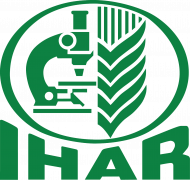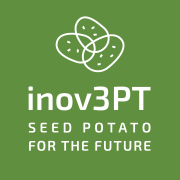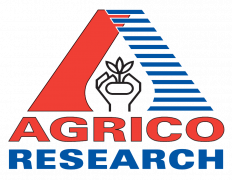Abstract
It is essential that certified potatoes are free from known viruses which can negatively affect quality and yield. However, very little is known about the distribution and frequency of Potato virus S (PVS) in Serbia. Until 2014, PVS was present sporadically in the domestic seed potato production. The incidence of PVS was studied by a molecular method over 3 years (2014–2016) in four important potato-growing regions (Moravički, Zlatiborski, Raški and Mačvanski) and in different cultivars. The results showed that the incidence of PVS increased steadily over 3 years from 1.52 to 8.84%. The Moravički region had the highest incidence (13.06%) and Desiree was the most susceptible cultivar with a mean PVS incidence of 8.2% followed by Marabel and Riviera. The highest significant statistical difference was between the cultivars and in the interaction between cultivars and regions. A detailed phylogenic analysis of the tested isolates confirmed that Serbian PVS belongs to PVSO. Of the 18 Serbian PVS isolates included in this study, eight were grouped into the PVSO cluster and formed a subgroup (O-I) with isolates from the USA, Syria, Korea and Chile. Ten Serbian isolates of PVS together with the isolates from Iran were clustered in a branch of subgroup O-VII. This study constitutes the first report of PVS isolates in Serbia which are capable of infecting Chenopodium quinoa and inducing the symptoms of local chlorotic lesions.















